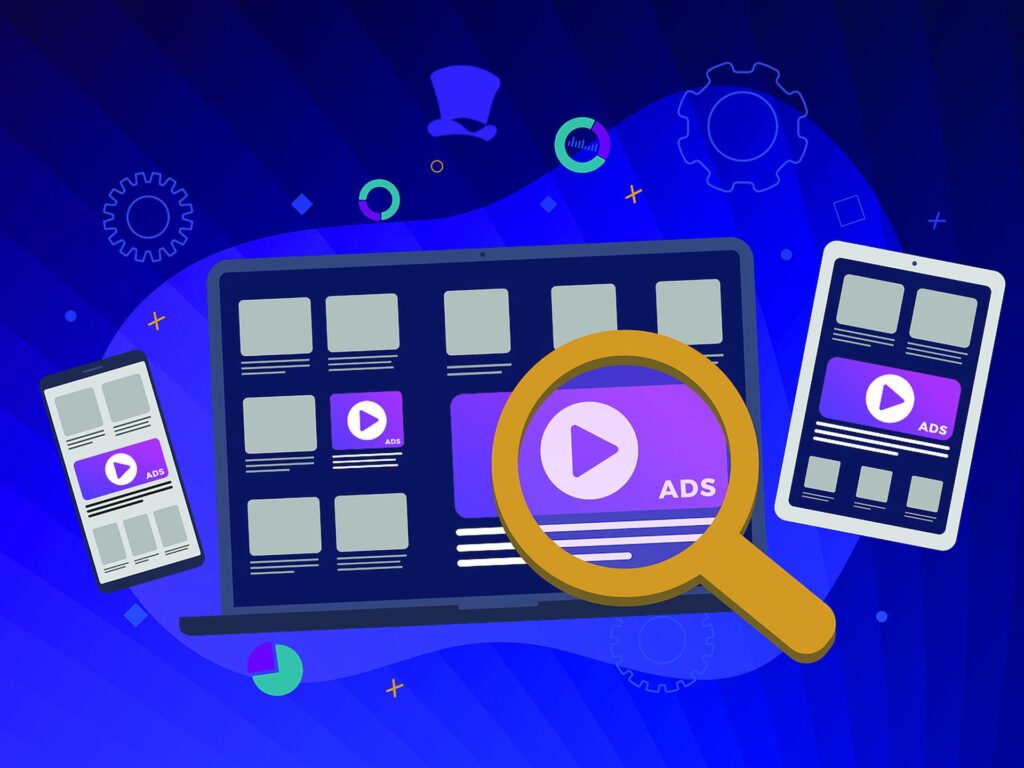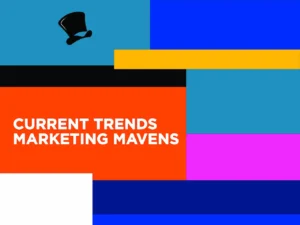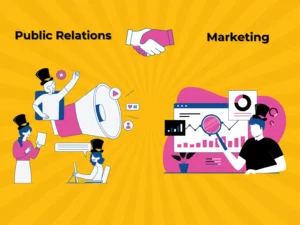
Maybe you’ve been investing your marketing budget so far in ads that, well, look like ads, whether that’s promotions that show up in people’s social media feeds or commercials on TV or the radio. Traditional advertising can be effective, but it also creates disrupts people’s experience while they’re reading, watching or listening to something. Creating a more seamless experience for your audience can be an effective way to reach new customers. Let’s talk about native advertising.
How It Works
Essentially, native advertising is paid content that looks almost exactly like the content around it. A few common examples include:
- Sponsored Facebook or Twitter posts that show up in your feed
- Top Google search results marked subtly with “Ad”
- Amazon product recommendations that show up in a “sponsored” row that looks just like regular recommendations
- Sponsored articles on a news or magazine website
Ads like this are everywhere. Almost two-thirds of all display ad spending goes toward native advertising, and for good reason. These ad placements enhance (rather than distract from) the user experience and have proven effective in changing user behavior and generating more attention.
Why It’s Worth a Try
Native ads really work, for several reasons.
- Get more attention—Native approaches subvert people’s tendency to ignore ads, also known as “banner blindness.” Research has shown that internet audiences tune out 73% of banner ads and 59% of search engine ads. In an eye-tracking study, 25% more readers looked at native ads compared to regular ads.
- More fully engage users—Readers look at native ads 53% more than ads designed to stand out, and they tend to engage with native ads at least as much as if not more than the regular content around them. Turns out, blending in is the best way to connect with customers.
- Minimize disruptions—Native placements support an undistracted, unbroken user experience. Users have more positive experiences with the ads because they do not disrupt their browsing habits. Instead, your ad content becomes part of their natural internet experience.
- Allow for next-level personalization—They can be extremely targeted. Many programmatic marketing tools can allow your company’s ads to compete with other businesses’ ads for the same native ad spots. Sites send user behavior data to programmatic marketing tools so that they can bid for a spot on the page. In microseconds, a company wins the bid, and the site serves up an advertisement that is super-targeted and relevant for that particular user in that particular moment. This technology enables companies to only spend money on ads that are truly relevant and can deliver high returns on investment.
Don’t Worry – You’re Not Fooling Anyone
To many people, this may all sound kind of like a kind of trick, and it is to some degree. On pretty much all platforms, native ads are marked in some way to indicate that they are advertising, but those indications are subtle. Even so, native ads do not fool most people. Users have grown to recognize and accept these sorts of camouflaged ads and will still engage with the content.
Yes, native advertising is sneaky, but research at Stanford found that native advertising really works to influence behavior, even though users are able to recognize the difference between editorial and advertising content. You don’t have to trick the customer to deliver a more seamless and personalized experience that will make them feel more positive about your business.
Native Advertising Examples
In the example below from Texas Monthly, the sponsored content block on the bottom right aims to appeal to local community interests as well as the general theme of positivity in this block of articles. The sponsored content blends in but is still marked as sponsored. However, the marking is subtle enough that the feature is not ignored as easily as an obvious banner ad.

The example below from NBC News is successful in terms of seamless appearance but less successful in its relevance and appropriateness. Promoting a “genius hack” next to a serious news story may not be the best way to promote your brand. A smart advertising strategy that deeply considers where you want your ads to appear is critical.

Ready to Move Forward?
Native ads dominate online advertising in terms of both use and results. They are an integral part of a strong content strategy and complement display advertising and social media campaigns. Sometimes, a native ad is the first step toward becoming an integrated part of your customer’s online life.
At Mad Hat Maven, we can help you develop a marketing strategy that includes targeted native advertising. We have the expertise and experience to help you engage with potential customers in a way that feels natural and relevant. Contact us today for a free introductory consultation.




